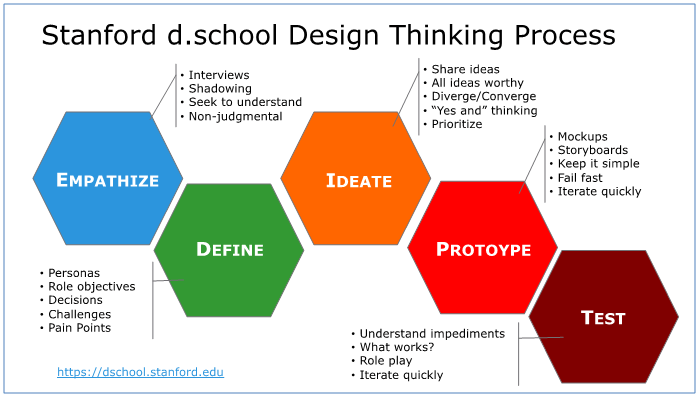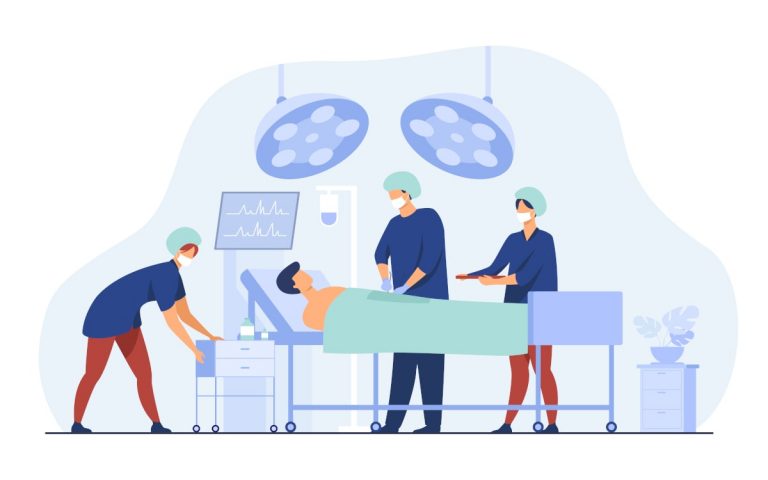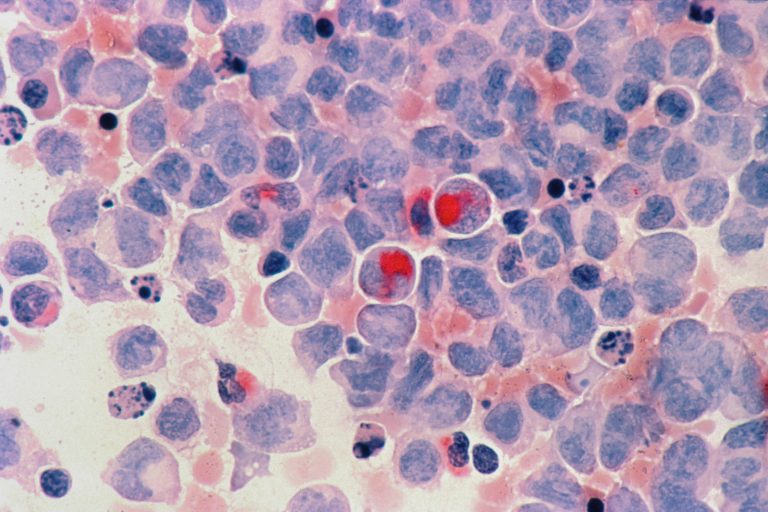Applying design thinking principles to develop a robust MedTech Product
The MedTech sector has become one of India’s most promising sectors, especially in the aftermath of the COVID-19 pandemic. There is an increased demand for innovation in the field of medicine, supported by state-of-the-art technology. However, it is alarming to see that over 75% of the Indian MedTech market is made up of imports!
The #MakeinIndia movement is here to change this for sure. It means that MedTech entrepreneurs will need to take their efforts to the next level, which will directly result in an increase in product development.
Because MedTech products require a considerable amount of capital, resources and time, it is important to do it right. A robust MedTech product, when achieved, can solve innumerable problems in India’s medical industry. One of the smartest ways to do so is to apply design thinking principles. Read on to find out how!
What is Design Thinking & How is it Related to MedTech Product Development?
Design thinking, conventionally used by designers, is a method to solve a problem in five stages. Wikipedia says that it is the name given to ‘cognitive, strategic and practical processes by which design concepts are developed’.
While the fields of MedTech and design are poles apart, the design thinking principles are all about understanding and solving a problem to achieve an intended result. Design thinking principles can be applied easily for product development in five stages.
5 Stages of Design Thinking Feat MedTech Product Development
1. Empathise
Be on ground zero.
The first stage is to understand the problems of the end-user of your MedTech product. What issues need to be solved? What is the need of your customer? Understanding, empathising and getting into your customers’ shoes go a long way in developing a robust MedTech solution.
A business incubator can provide great help in this by giving an entrepreneur access to a hospital network, clinicians and other such institutions.
2. Define
Let’s narrow it down.
When you empathise, you collect a lot of information. This information will help you to define a problem exactly. It is the stage of identification and clarity. A mentor’s insights and market knowledge can be of phenomenal help here.
Once you define what the problem is, you can brainstorm with your team on how to provide a solution to it. In the MedTech industry, relevant products are important — products that actually solve a problem.
3. Ideate
Find your Eureka moment.
At stage 3, you know what the patients want. You know exactly what the problem is. Now, you come up with ideas and solutions that are tangible, real and achievable. Once you have a solution, you need to find ideas to get the resources to work on that solution. At this stage, too, with business incubation, you can get access to funding, grants, capital and guidance on how to go about it. This also opens up tonnes of networking opportunities to make your solution work.
4. Prototype
Time for experimentation and analysis.
This is the testing stage. After a blueprint for a MedTech product is ready, a prototype can be created much like how it is done for designing. This is usually a version of the actual product created to test for any errors. Based on this beta-testing, improvements can be made. Access to laboratories in hospitals can help achieve a workable prototype that is scalable, useful and affordable for the end-users. It is a real-world simulation.
5. Execution
Ready, set, go.
After a product is examined, re-examined, tested and improved, the final stage of execution comes when the product is manufactured at scale and is ready for the market. Tests and upgrades can happen at this stage until the finished, satisfactory product is built and ready.
Getting Ready for the Indian MedTech Market
These five design thinking principles can ensure that the MedTech product created turns into a success and solves a problem through innovation. Although these stages appear linear, they can work in a non-linear manner too. Different groups can work on multiple stages simultaneously to create a MedTech solution that works.
A business incubator can ensure that your MedTech solution created through years of hard work, is exactly what the Indian MedTech arena needs. With the combination of the resultant mentorship and design thinking, you can sail through any obstacle you may face to create a robust MedTech solution.
Subscribe to Newsletter
Recent Posts
- Bridging The Gaps Between Treatment and Diagnosis: The FastSense Approach
- Embedded Finance in Healthcare Industry in India: Collaboration with FinTech and MedTech Companies
- Thermaissance: Where Healthcare and Quality of Life Meet
- Case Study: TeraLumen
- Emerging new business models in the MedTech industry in India










